Leading with Confidence: Strategies for Addressing Performance and Behavior
Running your own practice or business sure comes with its highs and lows, doesn't it?
One of those challenges we often face is dealing with performance and behavior issues within our teams. But fear not, because at KDR Solutions, we've been there, done that, and we're here to lend you a helping hand.
So, let's dive into some strategies to tackle these tricky situations:
1. Slow Thinking
One of the quickest ways to lose credibility as a leader is to either under-react or overreact. So first, take a breath, slow yourself down, and think about the best approach before diving in. Not every issue requires the same level of response.
We get it; accountability and feedback can sometimes feel like punishment. But let's reframe that mindset. Instead, think of it as an opportunity for growth and improvement—for both you and your team members. If it’s still scary, please borrow our confidence, you’ve got this!
Remember, there's a fine line between coaching and criticism. Focus on the behavior, not the individual's feelings or attitudes. Self-reflection is key here. Have you been crystal clear with your expectations? Does your team member have the necessary skills, training, and resources to succeed?
2. Tailor Your Approach to the Situation
Ever heard of matching the intensity of the approach to the intensity of the problem? It's like using the right tool for the job. When addressing performance or behavior issues, it's essential to gauge the severity of the situation and respond accordingly.
At KDR, we've developed a handy four-part progressive interaction framework we call Tap/Poke/Swing/Slam. It's like a scale to measure the level of directness and seriousness needed in a conversation with an employee. Here's a basic rundown:
- Tap: A gentle approach, like a light tap on the shoulder. Use this when addressing minor issues or offering constructive feedback.
- Poke: Slightly firmer than a tap, like giving someone a gentle nudge. Use this when the issue requires a bit more attention but isn't a major concern.
- Swing: A more direct approach, similar to swinging a bat. Reserve this for more serious issues that need immediate attention and clear resolution.
- Slam: The most assertive approach, like slamming down the hammer. Use this sparingly for severe issues that require urgent action.
3. The Basic Formula
Regardless of whether you're tapping gently or swinging a hammer, following a structured approach during performance conversations ensures clarity and consistency in your communication. Here's an overview of the steps we use:
- Assume mutual agreement on a goal
- State the incorrect behavior
- Set clear expectations for correct behavior
- Seek a commitment to improvement
So, there you have it—a helpful guide to navigating performance and behavior challenges in your small business or healthcare practice. Remember, you're not alone in this journey. If you're craving more insights or personalized support tailored to your unique situation, why not visit our
website or reach out to
us directly? At KDR Solutions, we're passionate about helping businesses like yours thrive. Let's tackle these challenges together!









